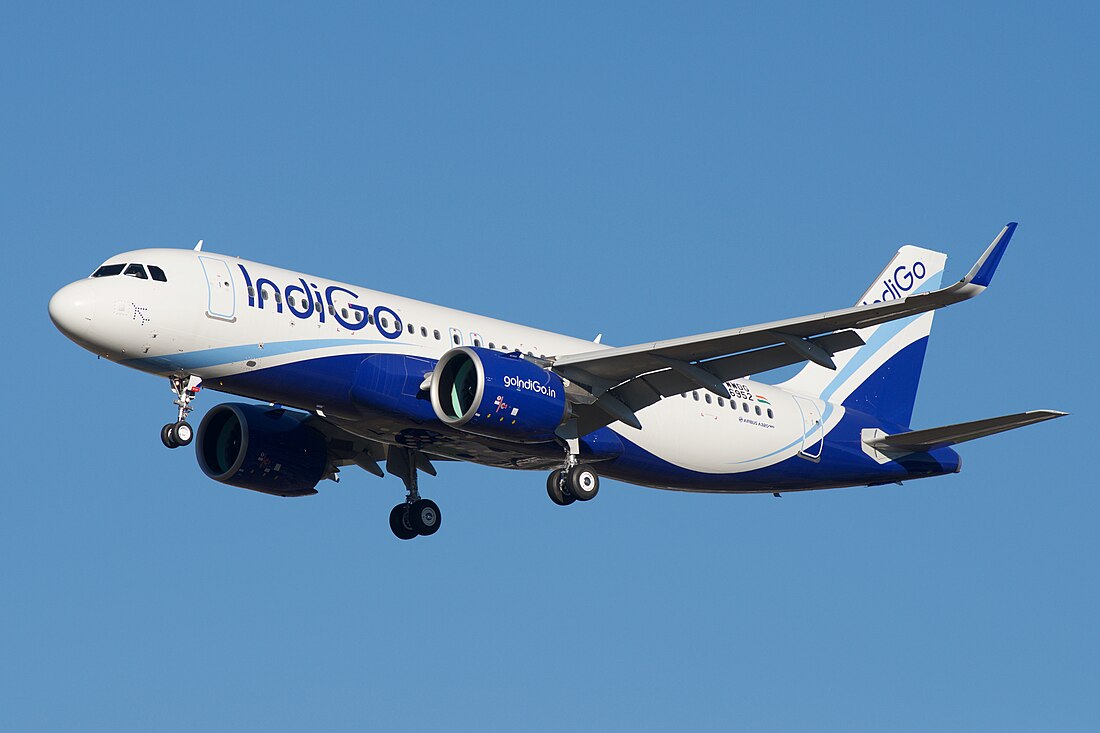Top Qs
Timeline
Chat
Perspective
EASA CS-25
Certification procedure From Wikipedia, the free encyclopedia
Remove ads
EASA CS-25 is the European Union Aviation Safety Agency Certification Specification for Large Aeroplanes.
This article has multiple issues. Please help improve it or discuss these issues on the talk page. (Learn how and when to remove these messages)
|

This certification procedure applies to large, turbine-powered aircraft, with max take-off weight more than 5,700kg (CS 25.1).
It describes the minimum requirements that must be met for the certification of an aircraft in this class. If the manufacturer of the aircraft has sufficiently demonstrated all points, the certification authority issues a type certificate.
Certification Specifications are "soft law", which is not legally binding.[2] Manufacturers may apply for exemptions from CS-25 where necessary.
Remove ads
See also
- List of large aircraft
- List of current production certified light aircraft
- EASA CS-LSA, the European certification for Light Sport Aeroplanes (maximum 600 for land / 650 kg for seaplanes)
- EASA CS-VLA, the European certification for Very Light Aircraft (maximum 750 kg)
- EASA CS-23, Normal, Utility, Aerobatic and Commuter Aeroplanes
- EASA CS-27, Small Rotorcraft
- EASA CS-29, Large Rotorcraft
- Federal Aviation Regulations § Part 25
- Transport category
Remove ads
References
External links
Wikiwand - on
Seamless Wikipedia browsing. On steroids.
Remove ads
